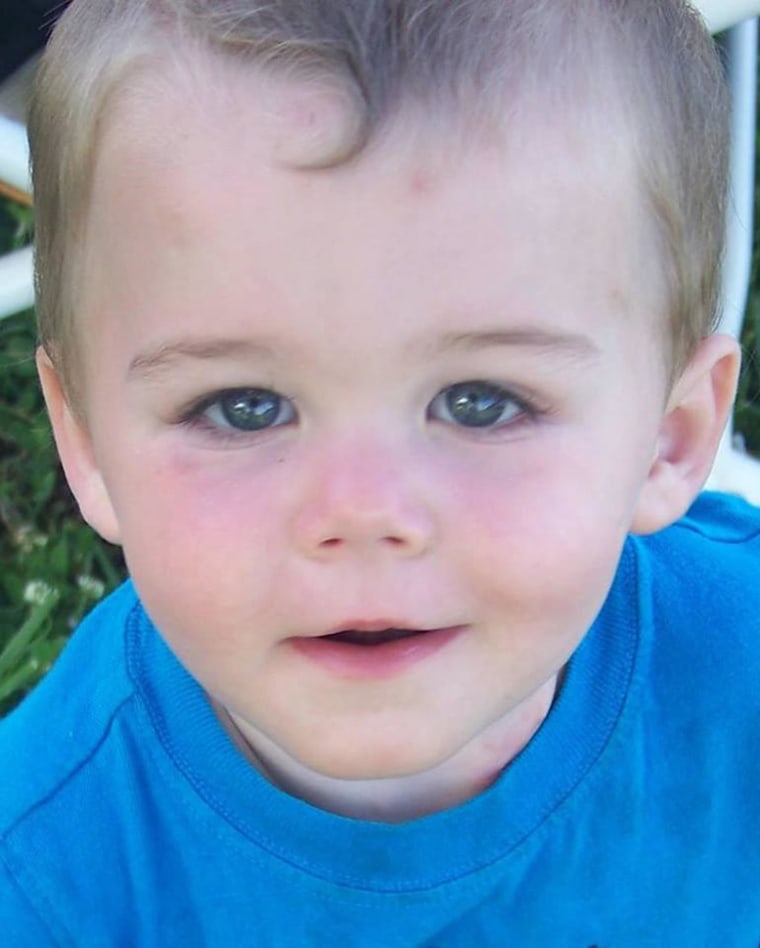They don’t look dangerous – not like a knife or open flame – but the cords on window blinds and shades can be just as deadly when they get wrapped around a child’s neck.
Almost every month, on average, another child dies from window cord strangulation, according to the U.S. Consumer Product Safety Commission (CPSC). These cords are on the commission’s list of the top five “hidden hazards” in the home.
The industry for years has said that voluntary manufacturing standards and its own educational programs were enough to reduce the death toll.
But the government now thinks that may not be enough. The CPSC voted unanimously on Wednesday to start the rulemaking process that could eventually lead to mandatory safety standards for all new window coverings.
“Keeping children from being strangled to death is first and foremost for me when it comes to window covering cords,” said CPSC Chairman Elliot Kaye in a statement. “No matter the final approach – whether it is a comprehensive federal standard or a vastly improved voluntary standard – I feel the urgency to having this hazard addressed, so families with young children and businesses can have confidence in the safety of these products.”
“There’s really no excuse. The technology is there. You see cordless window coverings in every store.”
The commission’s action was in response to a petition filed in May 2013 by seven consumer groups, including Parents for Window Blind Safety. Linda and Matt Kaiser of St. Louis, Missouri, started the non-profit after their one-year-old daughter Cheyenne Rose was strangled to death by a window blind cord in her room.
“We’ve been fighting for 12 years to get the industry to take the outer cords off of all window coverings,” Linda Kaiser said. “There’s really no excuse. The technology is there. You see cordless window coverings in every store. The industry just doesn’t want to make the change because they’re not being forced to do it and I think the government has finally seen that.”
The Window Covering Manufacturers Association (WCMA), the industry’s trade group, said it was “extremely disappointed” by the CPSC’s decision, but remained confident the commission will ultimately conclude that the industry’s voluntary standards are working and there is no need for government action.
Executive director Ralph Vasami said there is no “universal technological fix that exists today” that would cover the wide-variety of window coverings on the market.
“The petition’s proposal to ‘eliminate accessible cords or make cords inaccessible’ would only result in removing safe products from the market and cost thousands of jobs throughout the United States,” Vasami said in a statement after the CPSC’s decision. He said a rule that banned corded window covering products could cause consumers to hold onto unsafe products longer.
“This would create a less safe environment because the CPSC’s own data show that more than 80 percent of incidents occur with older products that don’t meet current standards or where the consumer did not install or use the product properly,” Vasami added.

Seven Deaths This Year
For years, the industry has warned parents about the strangulation hazards posed by corded blinds and shades.
The CPSC estimates that between 1996 and 2012, 1,590 children were treated for injuries, including brain damage, caused when they became entangled in these cords. Data collected by Parents for Window Blind Safety show there were 285 deaths and serious injuries during this same time period. The group says it knows of seven deaths so far this year.
Two-year old Cormac Thomas of Bethesda, Md. was one of those seven.
Erica and Stephen Thomas said they tried to make their toddler’s room as safe as possible. They said they bought shades that met the industry’s voluntary safety standards. The cord was always tied up to a hook on the ceiling, so Cormac couldn’t reach it.
On March 1, Erica came into the room and found Cormac lying underneath his window with his two favorite stuffed animals.
As she got closer, she noticed his lips and fingernails were turning blue. He didn’t have a pulse. She called 9-1-1 and started CPR. But, it was too late. Cormac was pronounced dead at the hospital.
“I would rather hang a garbage bag or sheet over my window, than put something there that would harm my child.”
As best she can tell, Cormac put his head into the shades to look outside the window and got caught in the cords inside the shades.
“I would rather hang a garbage bag or sheet over my window, than put something there that would harm my child,” Thomas said.
The bottom line
There is no way to tell if the CPSC will adopt new mandatory safety standards for window shades or when that might happen. It could take years.
The CPSC recommends that only cordless window coverings be used in homes where children live or visit. If you have corded window shades, the CPSC and the industry’s own Window Covering Safety Council have information on what to do to reduce the risk.
The Parents for Window Blind Safety has produced a PSA, In An Instant, which depicts the common window covering accident scenario. It explains that these strangulation accidents are quick and quiet and can happen even when parents are extremely safety conscious.
The ultimate nightmare
Erin Shero’s son Colton died on October 17, 2013, just two days shy of his second birthday.
She left Colton alone in his room, just long enough to get him a snack. She said she was gone less than two minutes. When she returned, Colton wasn’t moving. She thought he was asleep, until she found the cord around his neck.

“My son should never have died this way,” Shero said. “We baby-proofed everything, but I had no idea how dangerous these cords are.”
Shero, of Hixon, Tennessee, said the blinds met voluntary industry standards and had a breakaway cord, but they didn’t protect her son.
“I will struggle with this for the rest of my life. I will never forget what that looked like, what he looked like, how horrible it was and how helpless I felt.”
Herb Weisbaum is The ConsumerMan. Follow him on Facebook and Twitter or visit The ConsumerMan website.
